A lot of us end up spending our days seated in front of a screen. For this reason, it’s not surprising that yoga instructors often hear their pupils lament about back pain and tight hips. Long periods of sitting put strain on our hips and knees, and hunching forward over a screen causes our shoulders to protrude and our spine to bend, all of which can lead to back pain and bad posture. The low back and hips also take a beating when we sit for long periods of time.
Try 5 Yoga Poses After a long day of sitting
You will benefit from these positions if you spend most of your day seated at a desk. Pay attention to how your body reacts when you ask it to move outside of its usual comfort zone as you go through each of these forms. When you feel any pain, remember to breathe steadily and easily. If the pain persists, try reducing the intensity of your breath or removing yourself from the posture.
Find a comfortable seat and intentionally detach from your workday before you enter the first posture. Relax and clear your head by closing your eyes and focusing on your breathing.
Knees and Hands with a Wrist Flexion
Kneel down and turn your hands over so the palms are facing up and the fingertips are pointing back toward your knees. Verify that your hips rest comfortably over your knees and that your wrists remain in a neutral position under your shoulders. If you’re experiencing excessive wrist strain, try putting a little more weight on your knees to round out your wrist angle. Rock gently from side to side or do some cat and cow movements if it makes you feel good. Take 5 to 10 deep breaths and stay here. Gently lower yourself to a little slouch and place your hands on the floor.
As you bring your hands back to your lower back and inhale as you stand up, you can exit the position. Rest your hands on your thighs, sit back on your heels, and gently look at the one steady spot you chose in front of you. Take a deep breath in and exhale with a steady rhythm. For five breaths, come to Downward-Facing Dog and stretch your back body.
Also Read: The Complete Guide To Jathara Parivartanasana
Adho Mukha Svanasana
Another name for this position is the downward dog. Just doing one yoga position will have a positive effect on your body. Hanging your head below the level of your body promotes blood flow, which calms you. Stretching and strengthening the body are additional benefits. While holding this position, your body will curve inward like a V. To begin the asana, or stance, you must get down on all fours. Gradually, push down on the ground with your limbs and pull yourself up. The rear end ought to be pointing upwards. Keep your body balanced by spreading your fingers on the floor. The same goes for the tailbone; when you practice the position, tuck it inside. Relax your neck and shoulders by assuming this posture. By bending the legs while sitting for extended periods of time, this position can reduce back pain. Additionally, you might expect to feel the burn on your hands and wrists.
Uttanasana pose
The health benefits of forward-fold asanas, in general, are enormous. Any person can mostly get a sense of relief from it. When you practice this yoga pose, you’ll also extend your shoulders deeply. If you want to reap the rewards of this asana, stand with your feet hip-width apart. Gently stoop from the waist down. If you’re just starting off, you can bend your knees slightly. Given that, it’s reasonable to give the body some time to relax. Your back will also feel relief from this. Additionally, the arm bind can be applied from behind. If you need to stretch your shoulders even more, this will assist. You can also try it with your hands extended wide in front of you, touching your feet as you go. Holding a belt in your hand while you complete the arm binding in the lower back position is another option for those with stiff shoulders. When you’ve spent the day sitting, this is a great asana to accomplish. In this particular asana, the blood supply to the brain is also enhanced.
Baddha Konasana
Another name for it is the bound angle position. Performing this asana regularly can help loosen the muscles in your hips and groin. The pain of sciatica is also alleviated. Sit on the yoga mat with your legs bent and your feet touching; your knees should be slightly bent. To put the most pressure on the pelvis, spread your legs as wide as possible. Try to bring the foot soles in toward the perineum by grabbing them with both hands. When you’re comfortable in this position, you can mimic a butterfly’s wings by flapping your legs. Sitting for lengthy periods of time can lead to a variety of pains, including sciatica. Long commutes during work hours can make it worse. By incorporating this asana into your routine, you can release tension in your lower body.
Kapotasana pose
This position is also known as the resting pigeon hold. This is a great asana for those who aren’t very active. If you want to learn yoga and reap its many advantages, Shree Hari Yoga School is the place for you. At least for the time being, let’s examine this pose’s subtleties. Doing this pose will provide a great deal of relief for the hips. On top of that, you can also engage the glutes. As before, begin on all fours in a tabletop position. To do the cross-legged position, slowly extend one leg behind you and fold the other at the knee. While you do this, keep your hands supported by your weight. Once you’re comfortable, bend forward from the hips, place your head on your hands, and stretch one leg backwards while folding the other leg inside you, below the anus. For utmost comfort, fold the hands together. Keeping this position for a while will allow you to physically feel the stretch.
Although this yoga sequence by India Yoga School for sitting all day is designed to remedy the physical repercussions of working at a desk, on a deeper level, it can also bring steadiness and ease to the way we approach all our daily postures. Yoga transcends far beyond the movements we make during our practice.

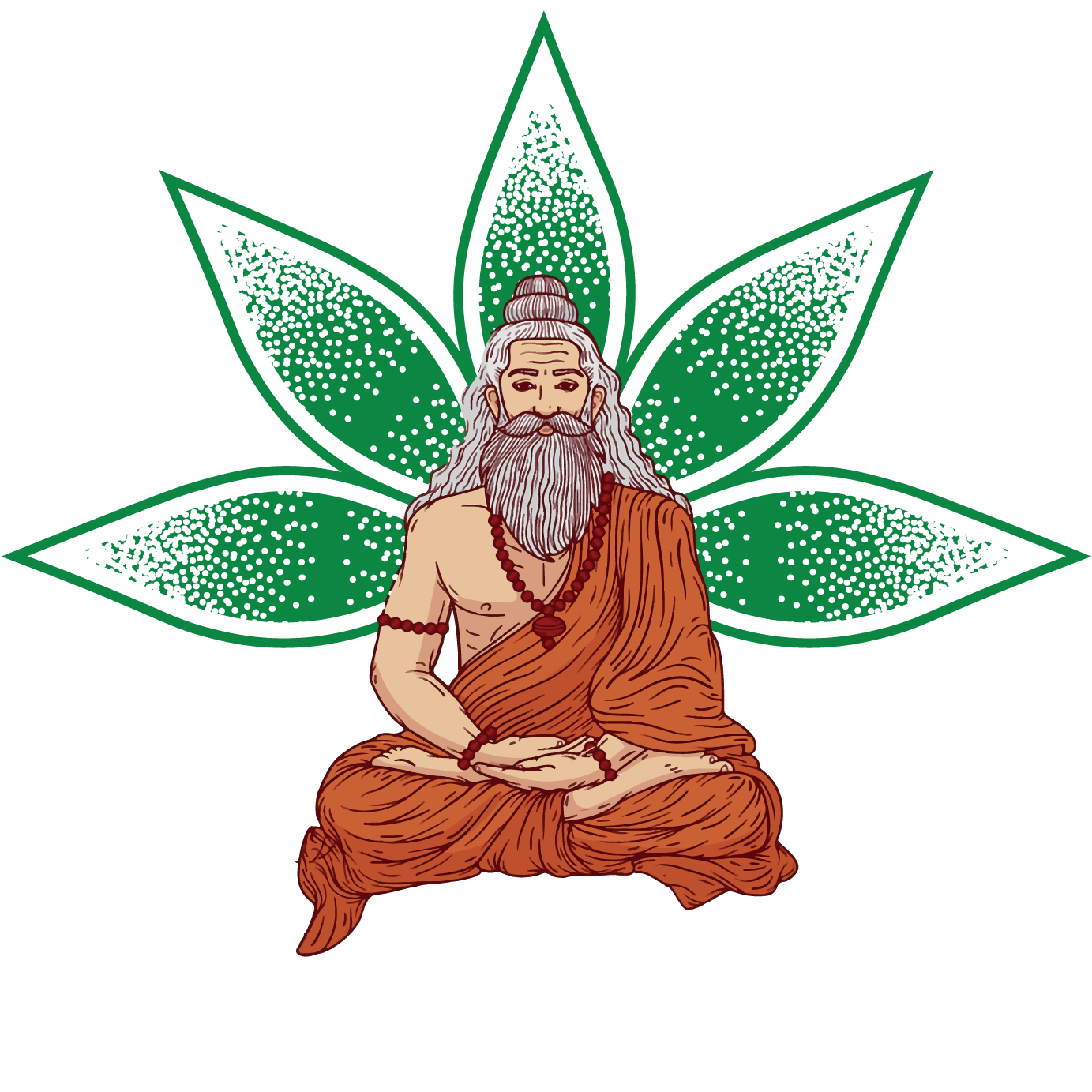
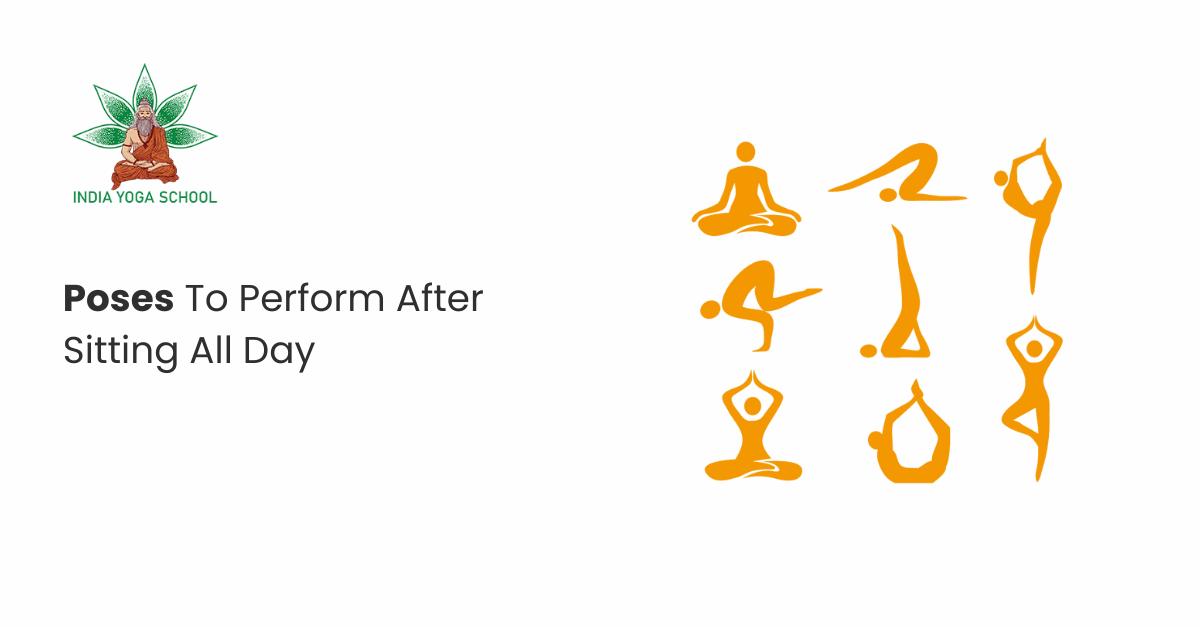
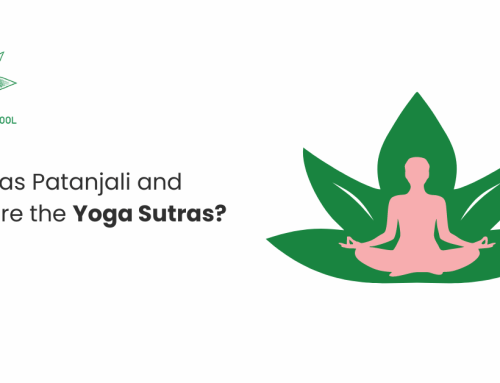
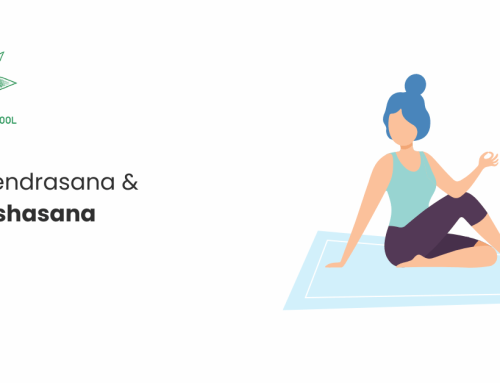
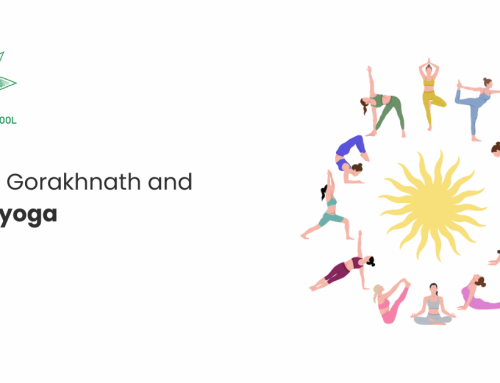
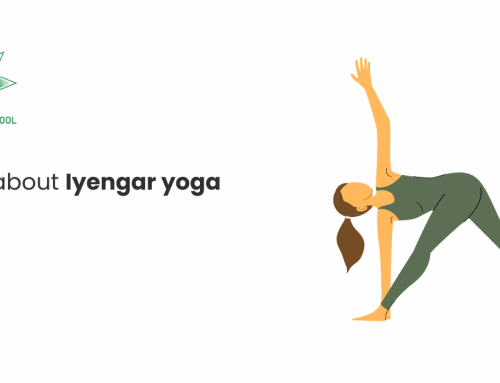
Leave A Comment